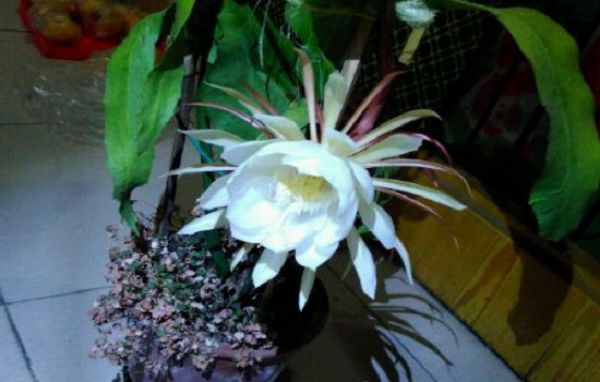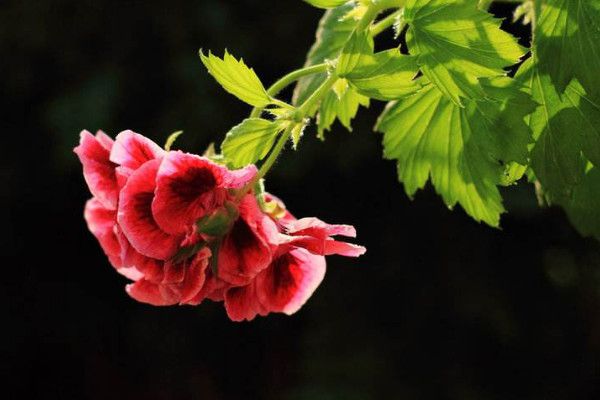These two conditions need to be met to prevent rosemary leaves from blackening.

Rosemary, as charming and fragrant as its name, is placed at home as a family potted plant for viewing and fragrance. And its branches and leaves also have a certain edible value, many potted friends like to harvest its green branches and leaves for cooking food, fragrant and delicious. So if you are interested, you might as well keep a pot at home.
However, some people may blacken the leaves of this small fresh plant as a result of poor care, and if left unchecked, it will soon die. So, why does rosemary blacken its leaves? What is the cause of this? In fact, the normal growth of rosemary will not blacken the leaves for no reason.
The branches and leaves of rosemary are usually very greenish and fresh. When its leaves turn black, there must be problems with the growth of the plant. The reason is that the blackening of rosemary leaves is mostly caused by fungal infection. On the other hand, fungal infection is often caused by the lack of light and ventilation conditions and high humidity in the maintenance environment.
At the same time, coupled with the fact that the leaves of rosemary are usually very dense, the ventilation and light transmittance of the potted plant is relatively poor, which is more likely to cause it to get sick by fungal infection, and the blackening of the leaves is only a sign of illness. In order to avoid the blackening of its leaves, it is usually necessary to do these two points during maintenance:
First, ensure sufficient light
Rosemary prefers light, which can not only accelerate photosynthesis, thus better promote growth, but also improve its own resistance. If the light is not enough, it is not only easy to cause its branches and leaves to become dry, but also relatively weak in photosynthesis, so the plant's resistance is naturally weak and vulnerable to fungal infection.
Second, maintain good ventilation
Family pot cultivation of rosemary, must ensure that the maintenance environment is well ventilated, so as to reduce or avoid the occurrence of diseases and insect pests. Especially in the hot, humid and airtight environment, it is more prone to diseases. Therefore, it is very important to maintain good ventilation in its maintenance environment.
Of course, the above two points are only two important aspects that need to be done to avoid its infection and blackening of leaves. If we want to keep it exuberant growth, but also has a very high ornamental, and emit a stronger fragrance, we often need to do a good job in water and fertilizer management.
Related
- Fuxing push coffee new agricultural production and marketing class: lack of small-scale processing plants
- Jujube rice field leisure farm deep ploughing Yilan for five years to create a space for organic food and play
- Nongyu Farm-A trial of organic papaya for brave women with advanced technology
- Four points for attention in the prevention and control of diseases and insect pests of edible fungi
- How to add nutrient solution to Edible Fungi
- Is there any good way to control edible fungus mites?
- Open Inoculation Technology of Edible Fungi
- Is there any clever way to use fertilizer for edible fungus in winter?
- What agents are used to kill the pathogens of edible fungi in the mushroom shed?
- Rapid drying of Edible Fungi



